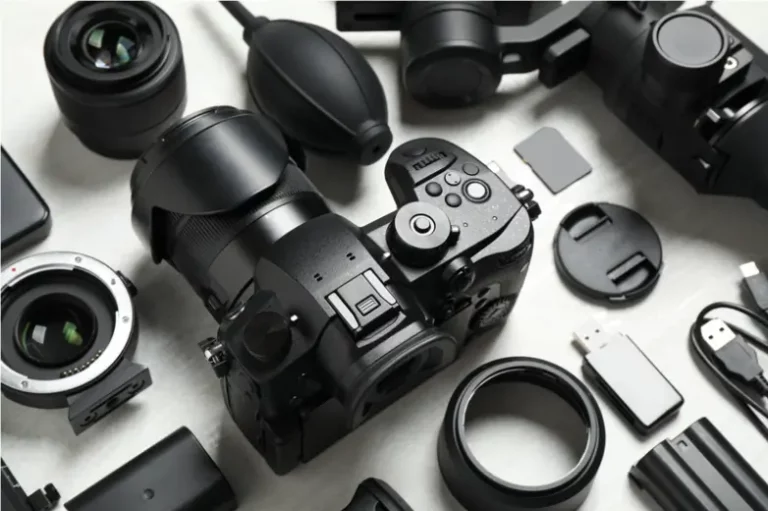Revolutionizing Cinematic Techniques and Audience Engagement
The film industry is experiencing a dramatic transformation through the integration of Artificial Intelligence (AI). From script analysis to post-production and audience engagement strategies, AI is redefining the boundaries of filmmaking, enhancing creative processes, and optimizing financial success. This article explores how AI is being harnessed in various facets of film production, supported by multiple real-world examples and concrete statistics.
Enhancing Scriptwriting with AI
AI is starting to play a significant role in script development by analyzing and suggesting improvements based on successful movie features. These systems can predict audience reception and potential box office success by comparing scripts against a database of films.

Example: ScriptBook ScriptBook provides AI-driven script analysis, offering studios predictive insights about a script’s potential success. Their system has accurately predicted box office performance with more than 86% accuracy, helping studios decide which scripts are worth investing in.
AI in Casting and Performance Analysis
AI technologies are used in casting processes to analyze actors’ past performances and predict on-screen chemistry based on data from previous successful casting combinations.
Example: Casting AI Casting AI software helps casting directors select actors whose previous performances and audience receptions indicate they will be successful for a new role. By analyzing thousands of hours of video content, AI can suggest casting options that maximize audience appeal.
Optimizing Film Editing with AI
In post-production, AI assists editors by automatically compiling the best takes and suggesting edits based on the emotional tone of scenes and continuity. This drastically reduces editing time and allows for more creative experimentation.

Example: Warner Bros and Cinelytic Warner Bros has partnered with Cinelytic to use AI in making decisions in the film editing and greenlighting process. Cinelytic’s AI platform has helped reduce the film editing process time by up to 30%, allowing for a more efficient workflow.
Improving Visual Effects (VFX) with Machine Learning
AI is significantly impacting the VFX domain by automating tedious tasks like rotoscoping, where AI algorithms can quickly separate foreground elements from backgrounds in video frames.
Example: Adobe’s Sensei Adobe’s Sensei uses machine learning to automate rotoscoping in VFX, reducing the time spent on post-production tasks by up to 25%, allowing VFX artists to focus on more creative aspects of visual effects design.
AI-Driven Audience Engagement and Marketing

AI analyzes viewer data to tailor marketing strategies to target demographics. Predictive analytics are used to determine the most effective release dates, promotional channels, and even movie trailers tailored to audience preferences.
Example: 20th Century Fox and IBM Watson 20th Century Fox collaborated with IBM Watson to analyze and segment audience data to create tailored trailers for its movies. This strategy resulted in a 50% increase in audience engagement rates compared to traditional marketing methods.
Challenges and Ethical Considerations
Despite the advancements, the integration of AI in film production raises concerns about originality and the potential reduction of jobs in the industry. Ensuring AI tools augment rather than replace human creativity is crucial, as is addressing job displacement issues by retraining and redeploying displaced workers into new roles created by AI technologies.
Conclusion: A New Era in Filmmaking
AI integration is propelling the film industry into a new era where technology enhances creativity and operational efficiency. As AI tools continue to evolve, their potential to transform traditional filmmaking practices expands, promising a future where filmmakers can tell more compelling stories with greater efficiency and deeper audience insights.



